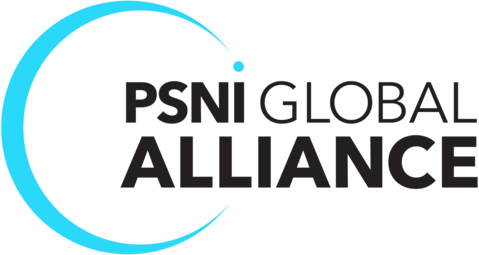With video conferencing now central to financial communications, businesses need AV solutions built for confidentiality. But it’s more than just encryption and access logs. Today’s AV systems are built to align with your institution’s broader security framework—think end-to-end encryption, multi-factor authentication, and real-time threat detection. So, what makes these AV tools essential for protecting your most sensitive communications?
AV Security Features That Financial Institutions Rely On
For financial companies, standard security won’t cut it; AV tools need to match high-stakes requirements. Here are some of the key features making a difference today:
- End-to-End Encryption (E2EE): Think of E2EE like a secure envelope that only the intended recipient can open. Even if someone intercepts the call, they cannot decode the data without the correct key. This level of encryption protects private conversations in accordance with industry standards.
- Multi-Factor Authentication (MFA): MFA provides an extra layer of verification—think biometric scans or one-time passcodes—ensuring that only authorized people can join your meeting. With MFA, financial institutions get a security measure that reaches beyond passwords, keeping out unauthorized users.
- Encrypted Data Storage: Sometimes, meetings need to be recorded or documents archived. With storage options that meet GDPR and FINRA standards, AV platforms let you securely retain data without exposing sensitive details.
These features integrate directly with financial security protocols, addressing privacy requirements unique to financial institutions.
Monitoring and Managing AV Activity to Stay Secure
Robust security features are essential, but keeping them effective means ongoing oversight. Financial institutions can stay ahead by actively monitoring AV usage. Here’s how:
- Access Logs and Usage Analytics: Find unexpected patterns with logs that show who joined meetings, when, and from where. Regularly reviewing these logs can help you catch unauthorized activity before it becomes an issue.
- Real-Time Threat Detection: Some AV systems offer real-time alerts for suspicious activity. For instance, if someone logs in from an unusual location, your team will know immediately. This feature keeps IT teams one step ahead by flagging unusual activity as it happens.
- Role-Based Access Controls (RBAC): With RBAC, access is set based on each user’s role, making sure only the right people join high-security meetings. Limiting access by job role protects sensitive data by keeping it on a need-to-know basis.
Financial services can more easily keep AV systems secure and maintain compliance with these monitoring tools.
Privacy Tools for In-Person Meetings
Digital security is only half the picture; physical meeting rooms deserve attention, too. Financial firms often work in open layouts or have adjacent meeting rooms where sound carries. Here’s how AV systems help secure in-person discussions:
- Sound Masking and Acoustic Treatments: Sound masking keeps conversations private, especially in busy areas. Adding acoustic treatments keeps discussions in the room where they belong, protecting client information on a physical level.
- Speech Privacy Systems: Some AV solutions go beyond basic soundproofing. By generating low-level background noise, these systems stop voices from traveling outside the room, which is especially helpful in shared spaces.
With these tools, financial services firms can keep in-person conversations as secure as virtual ones.
Managing AI Use in Financial AV Systems
AI tools bring valuable advantages to AV systems, from transcription to meeting insights. Yet AI requires careful handling when privacy is critical. Here’s how financial services can use AI responsibly:
- Local Data Processing Options: Some AV platforms offer local processing for AI-driven tools, keeping data in-house instead of in the cloud. This aligns with privacy policies by ensuring data stays within your secure network.
- Transparency and Consent for AI Use: When AI tools are active—such as live transcription—informing participants builds trust. Transparency meets legal compliance and reassures clients and colleagues by clarifying data use.
With these practices, financial institutions can get the most from AI tools without compromising security.
Discover More About Secure AV Solutions for Financial Services
Modern AV systems come equipped with powerful security and privacy tools tailored for financial services, covering everything from encrypted video calls to sound privacy for in-person meetings. For a deeper look at how these solutions can help protect client data, download our guide, Financial Services: Building Trust Through Technology. Inside, you’ll find practical insights on AV solutions that fit into your data protection framework.









